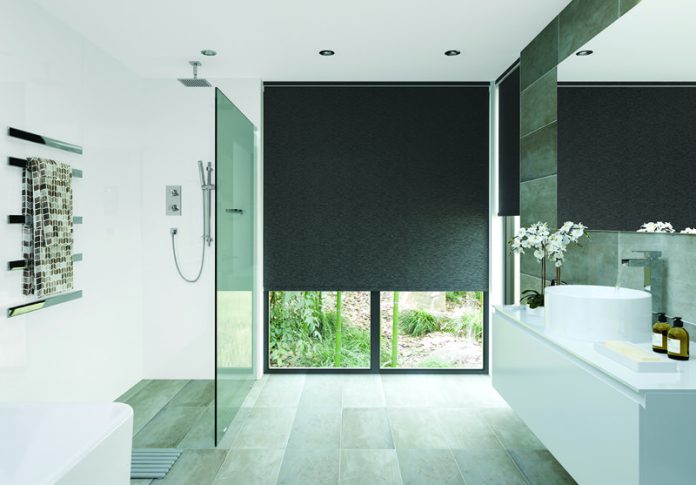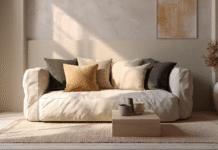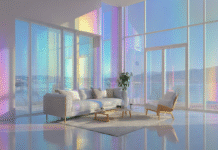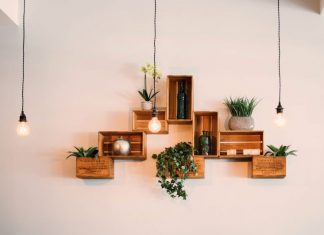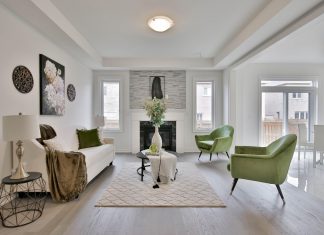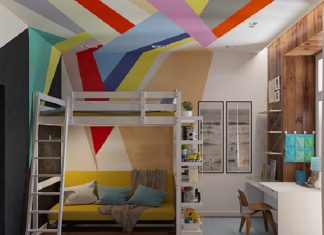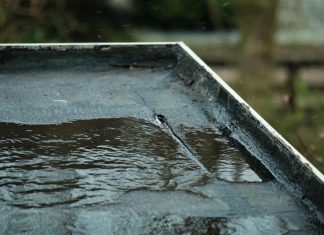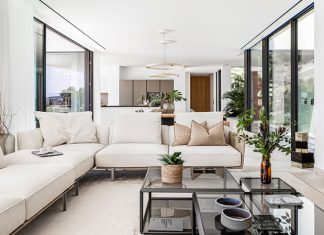Humans built houses primarily for security reasons, and as society progressed, privacy became a valued element for a secure and peaceful life.
While doors and windows fulfilled the requirement of adequate sunlight and air essential to life, the open doorways and windows were also a welcome gateway for insects, dirt, and prying eyes to enter the inner sanctum of a home. And thus, security window screens and door screens were invented to allow in the sunlight and air while stopping the entry of unwanted elements.
With the installation of a security door screen, the doors could also be left open without interfering with the living conditions inside the house. The fine mesh screens allowed the residents of the house to enjoy the sunlight in winter and cool breezes in sultry weather, the view, and also entertain themselves with ongoing outdoor activity.
Many companies manufacture security screens for windows and doors, and choosing the right one for your home can be confusing.
Follow this comprehensive guide for choosing the best security screens for your home.
- Visibility: Mesh screens come in various types based on the density of the mesh. The denser the mesh construction, the less visibility there will be. The first step is to determine how much visibility you want. A door screen mesh with a 156-degree angle of view will be good for more visibility, while a 110-degree viewing angle allows less visibility and, therefore, more privacy.
- Breeziness: The next step is to determine the amount of breeze that will be appropriate for your house based on its geographical location, the climatic conditions in your area, and the location of your home. A security window screen and door screen are an advantage when it comes to conserving your electricity usage. The adequately secured open windows and doors will keep the place well-ventilated, with the breeze circulating and keeping the interior cool on warm days. A 42.5% open area screen mesh will allow good airflow while keeping insects out.
- Choosing the Color: If you thought that security screens were typecast and only came in one or two colours, you will be happy to know that there are multiple colours to choose from that will fit well with the décor. However, very few manufacturers make the screen in more than 50 colours, so if you want a colourful security door screen for your home, you will need to look for a local supplier. The colours are powder coated to last longer under the climate effect. To continue the impact, you can also paint the door frame in a contrasting or similar colour.
- Design: Designing makes even the most essential product stand out, adding to the theme of the interior décor and the look of the exterior façade of a house. As the world becomes more technologically savvy and progressive, existing products, including the door’s screen, undergo periodic advancements. You can choose to depict your favourite flower or bird or pick a retro design that extends the décor theme and your personality. The screens can be customised per your design and colour choice, and a common theme can be followed throughout the house on all windows and doors.
- Coverage and Installation: The mesh screens can be fitted in multiple ways, depending on your choice.
- You can have a screen-mesh door or window panel fitted in the jamb, adding a security layer to the entryway. This will keep you secure without hampering the outside view, sunlight, or air. The flyscreen door will keep flies and mosquitos out of your home.
- A second overlapping door with mesh on half the panel and solid wood on the other. This approach will increase the security and privacy of your home by allowing less sunlight and air into it. This style will also reduce the dust that enters the house on particularly windy days.
- Authenticity: Lastly, choose a screen manufactured by a government-verified company that follows the safety compliance rules. Choose a safety-compliant mesh screen that is durable to withstand the natural elements and everyday wear and tear. Before making the final decision, check out the maintenance required to maintain the screen.
